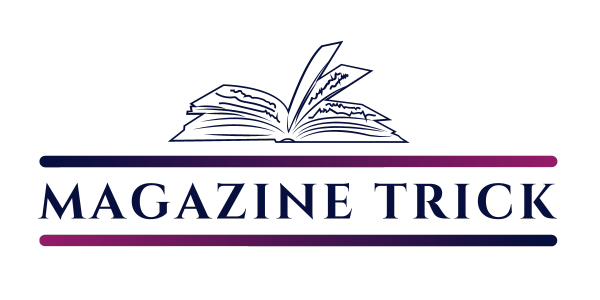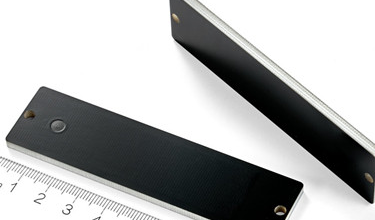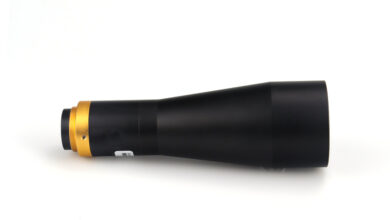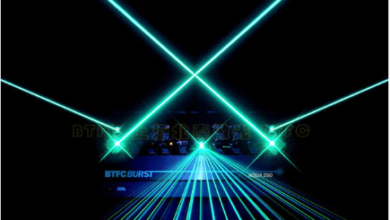DIGITAL VIDEO COMPRESSION STANDARDS

Introduction
Koenen (2001) pointed out that the Moving Picture Expert Group (MPEG)—whose formal name is ISO/IEC JTC1/SC29/WG11—has developed the widely used MPEG-1, -2 and -4 codecs to facilitate and standardize infrastructure for the interoperability of multimedia. MPEG-1 is still widely used on the Web, targeted at bit rates 64 kbs –1.5 Mbps, MPEG-2 is the basis for current digital television and Digital Versatile Disk (DVD) standards, targeted at 1.5 Mbps –7 Mbps or higher, and MPEG-4 is an extensible toolbox of algorithms that addresses the coding of audiovisual objects throughout an extended bit range from about 5 bps to more than 1 Gbps.
The standards address video compression, together with audio and systems elements. The MPEG Web site (http://mpeg.telecomitalialab.com) provides much detailed information about the MPEG standards including an overview.
MPEG-4 System Decoder
In the same way that MPEG-1 and -2 standardize only the bit-stream syntax and decoder algorithms, MPEG-4 standardizes a system decoder model. The Koenen (2002) overview of the MPEG-4 standard showed the concept of encoding scenes containing visual objects and sprites. The discrete cosine transform, quantization, inverse discrete cosine transform, inverse quantization (see Data Compression), shape coding, motion estimation, motion prediction, and motion texture coding all combine to optimize the visual layer of the video compression system for specific content.
Error Resilience
Video compression typically uses interframe compression techniques to optimize the bit rate. Furthermore, the channel coder receives variable length codes as input. Any transmission errors, to which channels without quality of service guarantees (such as the wireless Internet) are especially prone, may cause loss of synchronization and the inability to reconstruct certain frames. Error resilience techniques such as those defined in the MPEG-4 and H.263 standards serve to reduce this risk.
Resynchronization markers are inserted periodically at the start of a video packet, based on a predetermined threshold number of encoded bits and reversible variable length codes allow some of the data between resynchronization markers to be recovered if the data have been corrupted by errors.
Content-Based Compression
The MPEG-4 standard supports content-based coding, random-access to content objects, and extended manipulation of content objects.
Shape and Texture Coding
The shape-adaptive discrete cosine transform based on predefined orthonormal sets of one-dimensional discrete cosine transform functions can be used to encode visual objects of arbitrary shape (not just rectangles) together with texture.
Sprite Coding
MPEG-4 supports syntax for the efficient coding of static and dynamically generated sprites, which are still images representing backgrounds visible throughout a scene of a video sequence.
Object Coding
MPEG-4 supports the coding of audiovisual objects. An audiovisual scene containing scrolling text, audio, background sprite, arbitrarily shaped video, and graphics.
MPEG-7 Visual and MPEG-21 Standards
The MPEG-7 multimedia content description interface supports query-by-content via descriptors expressed in the extensible markup language. In the visual case, the standard intends to convey basic and sophisticated information about the color, texture, shape, motion, localization of visual objects, and the recognition of faces.
Last word
The stated vision for the MPEG-21 multimedia framework is “to enable transparent and augmented use of multimedia resources across a wide range of networks and devices.” The standard is intended to support interoperable content representation and intellectual property rights management in a “scalable and error resilient way. The content representation of the media resources shall be synchronisable and multiplexed and allow interaction.” Visit Naa Songs to find out more information





